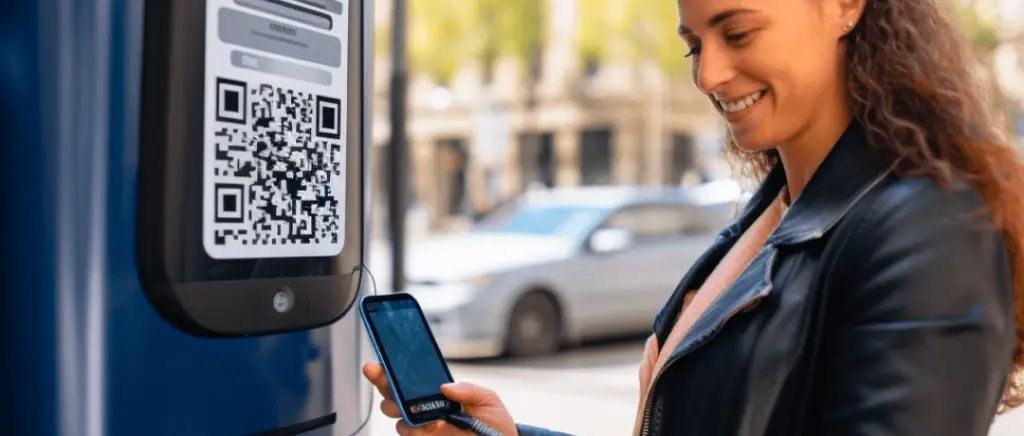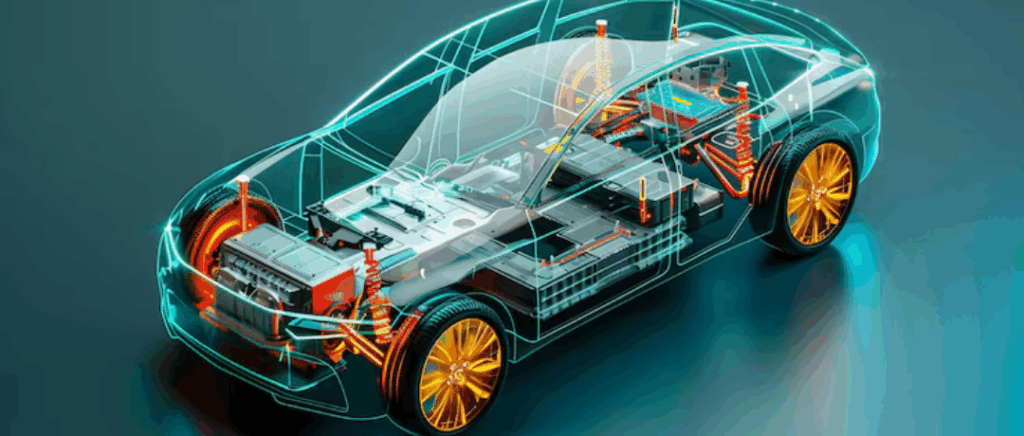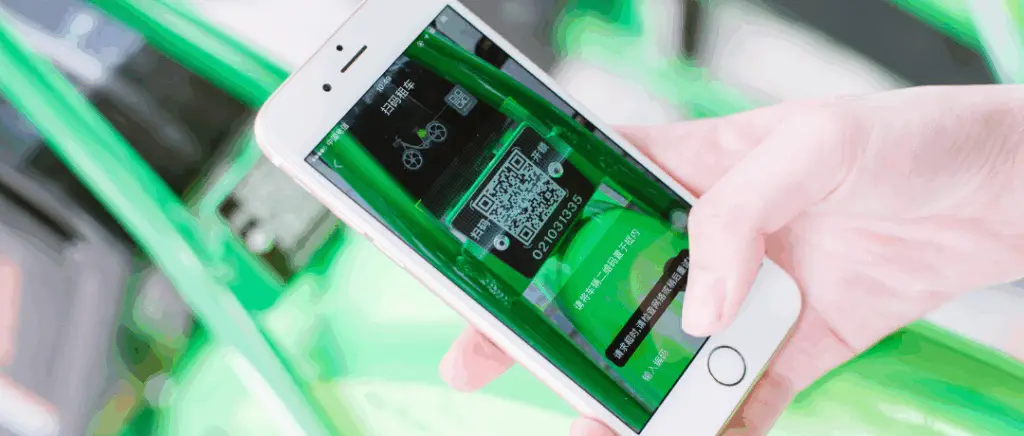your charging point
A QR code to pay for the use of a public charging point?
In the constantly evolving world of public charging points for electric vehicles, an intriguing question is emerging: "A QR code to pay for the use of a public charging point?
In fact, it is payment can be made via a mobile application. Steps involved in making a payment :
- download the application in question,
- scan the QR code on the terminal,
- enter your payment details directly on the application connected to the recharging point.
To be more explicit, a redirect to the targeted site instantly triggers the display of a window. This window is deliberately kept light on content, to keep it simple and easy to navigate. ability to operate even with a weak connection.
Users can therefore enter their payment details at any time, without having to create an account if they so wish. If this data has already been saved on their phone, no rewriting is required, making it easier for them to charge their vehicle directly. The vehicle owner can monitor the charging process via the link, with the option of interrupting or resuming it at any time. Charging only takes place at the end of the cycle.
If you don't have a camera on your smartphone, you can search for the URL under the QR code in the search bar of Google or other search engines.
The advantage of a QR code
In the dynamic landscape of public charging points, the introduction of the QR code as a means of payment offers significant advantages, adding a touch of modernity and convenience. Using this technology offers a number of major advantages for users.
Ease of use Facilitating the payment process by enabling users to quickly scan the code, eliminating the need to handle coins or enter complex information.
Increased accessibility Thanks to smartphones, almost everyone has the ability to scan a QR code. This makes payment accessible to a wide range of users and encourages wider adoption of this method.
Time saving The speed with which a QR code can be scanned reduces the time spent completing the transaction, offering a more efficient and convenient recharging experience, ideal for drivers in a hurry.
Improved safety QR codes use secure encryption methods, guaranteeing a high level of security for transactions. This reassures users of the confidentiality of their financial data.
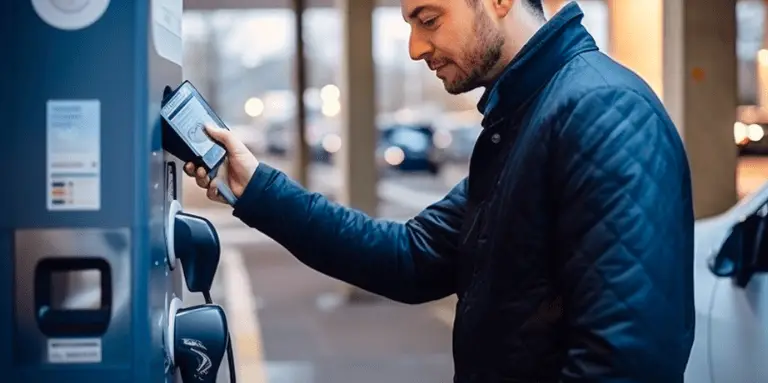
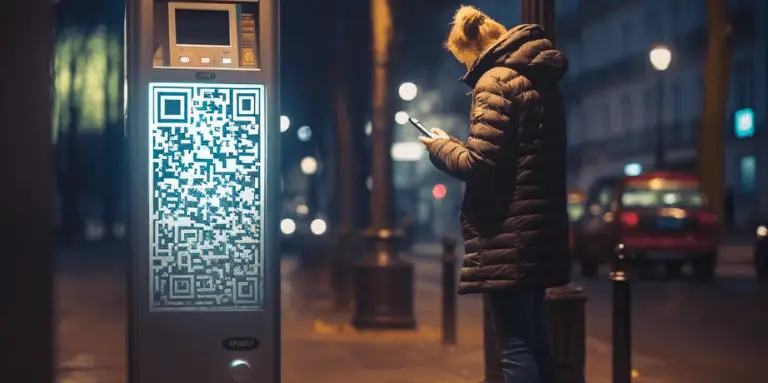
Other payment alternatives
Of course, top-up solutions offer a variety of payment options in addition to the QR code.
Paying with a top-up card
There are two ways to pay at the chargepoint using a badge. Either :
- you have the badge or top-up card associated with your distribution network,
- you have purchased a reload card a mobility operator.
As a reminder, Beev offers its reload cardYou can charge your electric vehicle at over 300,000 public charging points across Europe, free of charge and commission-free. For more information, click here: Charging cards for electric cars: how do you find your way around?
To recharge your electric vehicleTo make a contactless payment, you need to hold your badge up to the NFC reader, which works on the same principle as contactless payment with a bank card. The reader reads the data on the chip contained in the badge or card, facilitating the process.
Whether the charging badge or card is linked to one or more networks, there is usually a charge, requiring an average investment of around ten euros. Some mobility operators offer low-cost subscriptions, which are particularly useful for optimising recharging costs on long journeys.
Paying with a credit card
The availability of charging stations that accept the credit card for electric cars is not as widespread as you might think. Deploying such terminals represents a significant financial challenge, requiring existing infrastructure to be updated. To explain this, the combined effects of profitability and the financial cost of installing a bankcard payment terminal explain why these charging points remain the exception.
As a result, according to the French Ministry for Ecological Transition, it will take time for the systematic deployment of bankcard charging points to become widespread in France.
However, some facilities or service stations offer charging stations that accept credit cards. fast-charging stationswhich are more profitable for operators.
Pay as you go
Recharging at charging points can also be done on a pay-as-you-go basis, a possibility guaranteed by the law on mobility of 26 December 2019.
This means that access to the charging points to recharge your vehicle is possible without a network subscription. This makes it easier for electric vehicle users to travel long distances from home, without having to join a distribution network.
Fee for service can be made using a prepaid cardThe driver pays directly at the service station, and is debited only after use. Payment can be made in cash, credit card or cheque.
This type of payment is particularly useful when you use outdoor recharging facilities on an occasional basis, or in anticipation of a long journey.
As for the price of a charge at a public charging point, this article may be of interest to you: How much does it cost to charge an electric car?
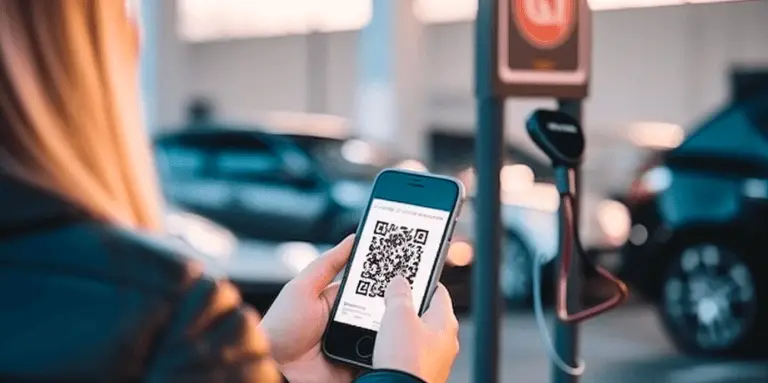
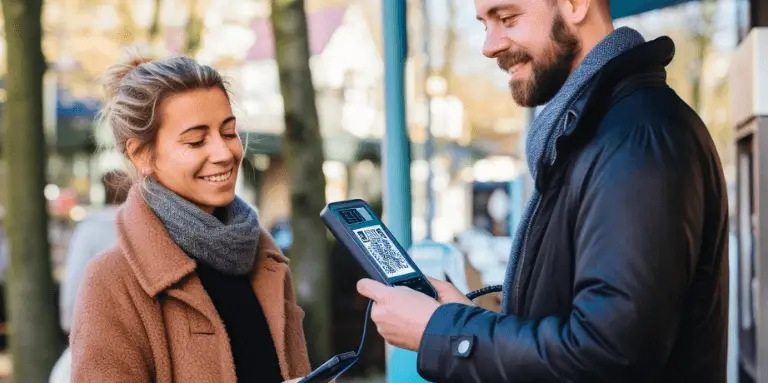
The new scam targeting QR code charging points: "quishing".
The democratisation of QR codes gathered pace during the Covid-19 pandemic. Scanning your phone to pay for parking, browse a restaurant menu, or even recharge an electric car is becoming increasingly common. It's worth noting that the quick and easy creation of QR codes is contributing to this expansion.
Welcome to the age of technology, where even the most beneficial advances can be hijacked for malicious purposes. In this digital jungle, a new threat is emerging, targeting users of charging infrastructure. Known as thequishing" This clever scam exploits the trust we place in QR codes, which are an essential part of our modern daily lives.
What is quishing?
Inspired by phishing (phishing by e-mail or SMS), the quishing has a similar aim: encourage people to click on a fraudulent link to obtain money or personal informationsuch as bank details or identifiers.
This is what happened in the Loiret département. In our case, the fraud involved a fake QR code to pay for the use of a recharging point. In fact, the criminals have simply affixed their own QR code on top, redirecting the user to a site copying the service provider's in every respect. They then collect the bank details of the user of the terminal, using them to carry out discreet transactions for moderate amounts, in line with the cost of the top-up, so as to remain undetected.
It turns out that quishing does not require advanced technical skills and is sometimes difficult to spot. As a result, it seems likely to spread, prompting users to take particular care when charging their vehicles.
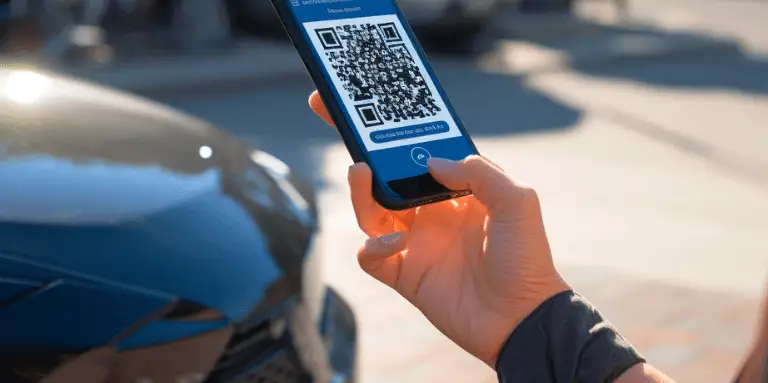
Our tips for getting round this scam
In this ultra-connected world, prevention is crucial. That's why we've put together our top tips for getting round this scam and recharging your vehicle with complete peace of mind.
Before scanning the QR code on the recharging point, take a few moments to read it.Visually inspect. Look for anomalies, suspicious additions or alterations that could indicate fraud.
As a second step, useofficial applications provided by the operators of the charging points. Avoid scanning codes from unverified sources to minimise the risk of fraud.
What's more, review bank statements frequently is of vital importance: it's essential to keep a close eye on your bank statements and transaction history. If you notice the slightest suspicious activity, you must report it immediately both to your banking institution and to the recharging point operator.
Finally, disseminate information about these deceptions to friends, family and colleagues in order to raise awareness helps to prevent the company as a whole from becoming a target for fraudulent activity. At the same time, it's a good idea to stay informed by examining the company's activity on its social networks and website, while not hesitating to share crucial data or details of incidents in progress.
What can we conclude from this?
In conclusion, it is vital to remain vigilant in the face of the development of scams, particularly with the emergence of sophisticated techniques such as "quishing". The security of charging points for electric vehicles has recently become a real concern, and vigilance on the part of users is crucial.
Keep up to date with the latest trends and techniques used by fraudsters. Don't hesitate to share this information with friends and family to raise awareness.
We invite you to explore our blog to keep up to date with the latest news, safety tips and technological innovations in the world of charging points and electric mobility.
Stay connected, stay informed, and together we can build a safe and efficient electrical future!
If you would like to find out more aboutsupport for the installation of charging points for businesses in 2024For more information, see our article on this subject.
You want to order your Beev recharge card ?
Thanks to our card,recharge your electric car with ease at all the charging points available in Europe.
